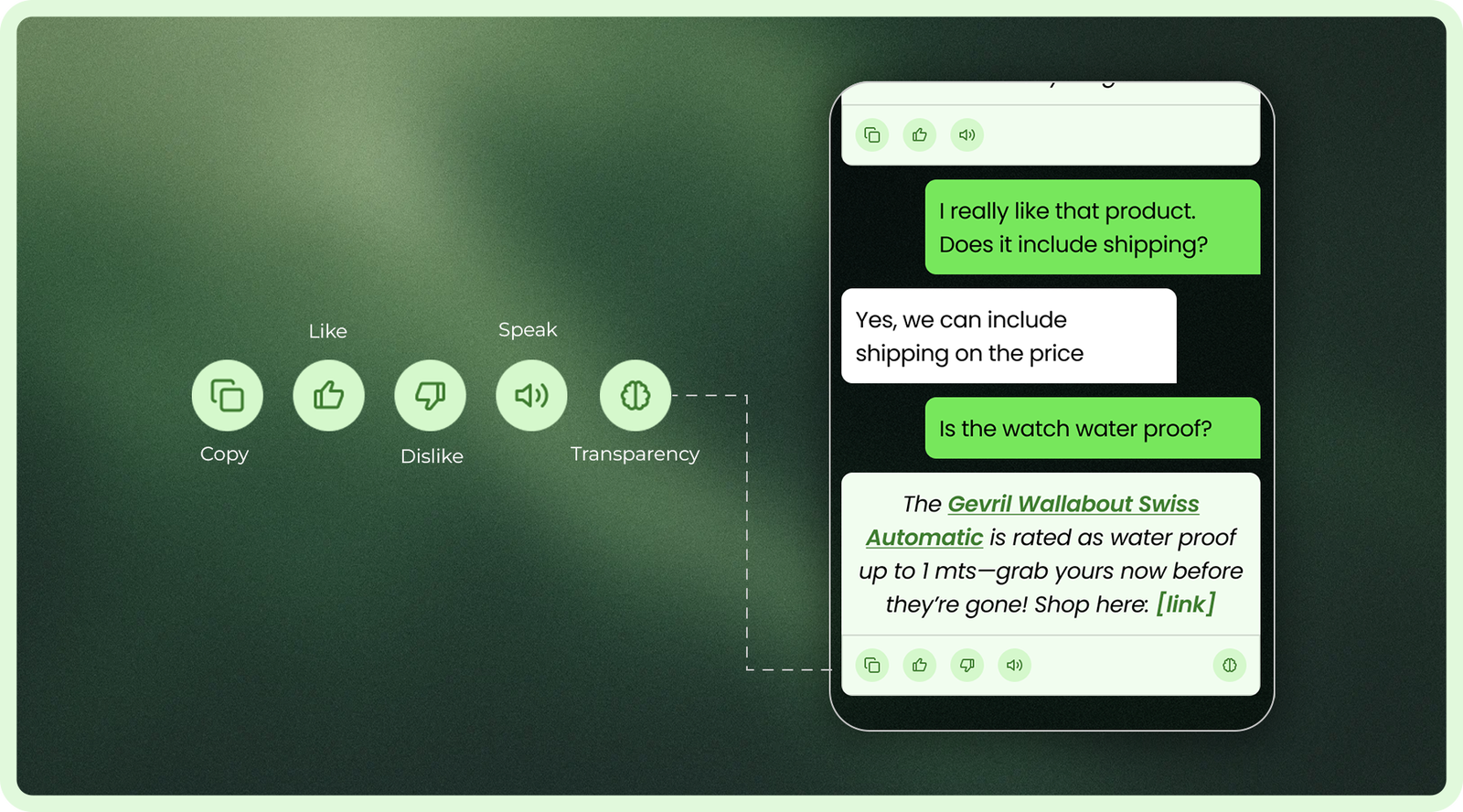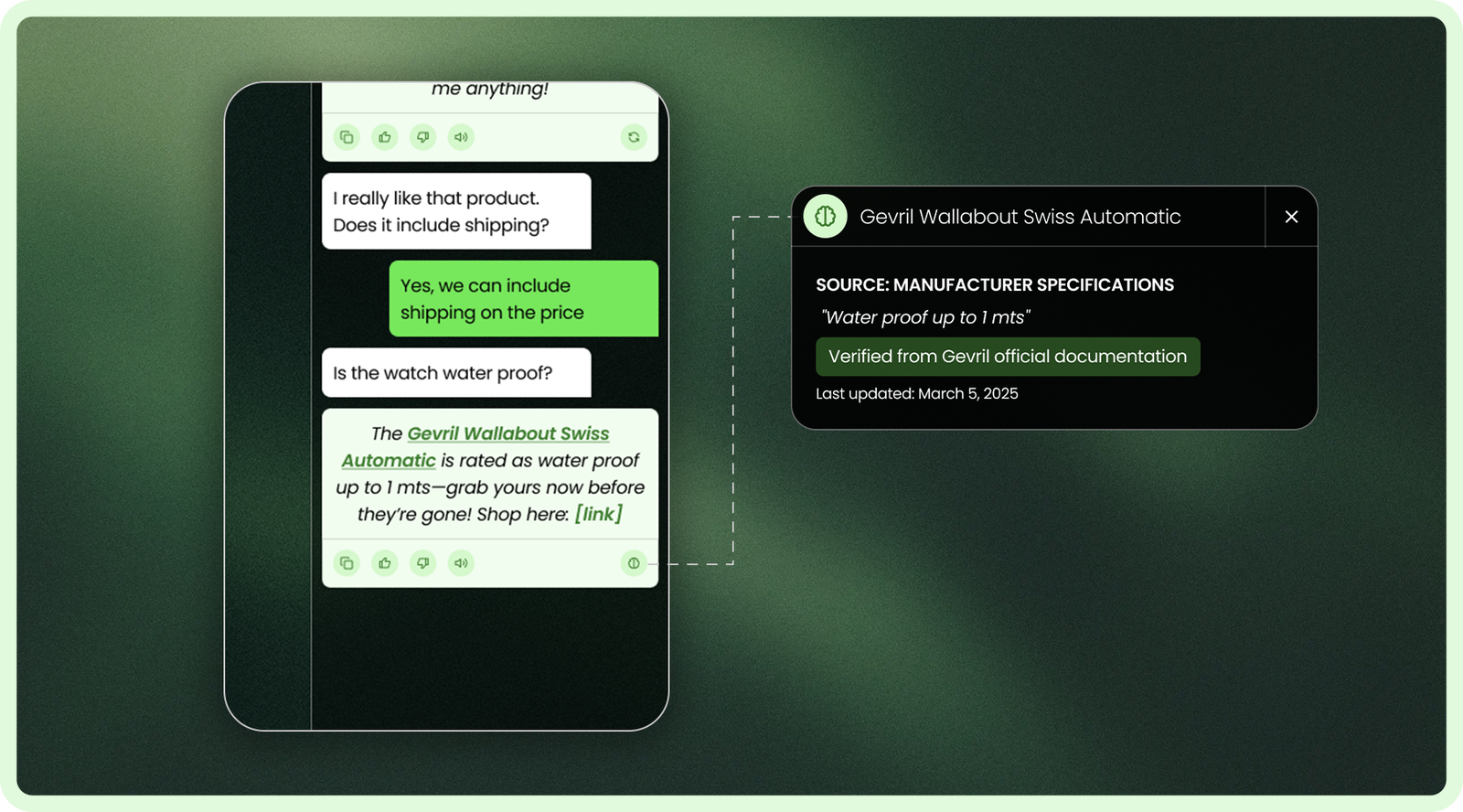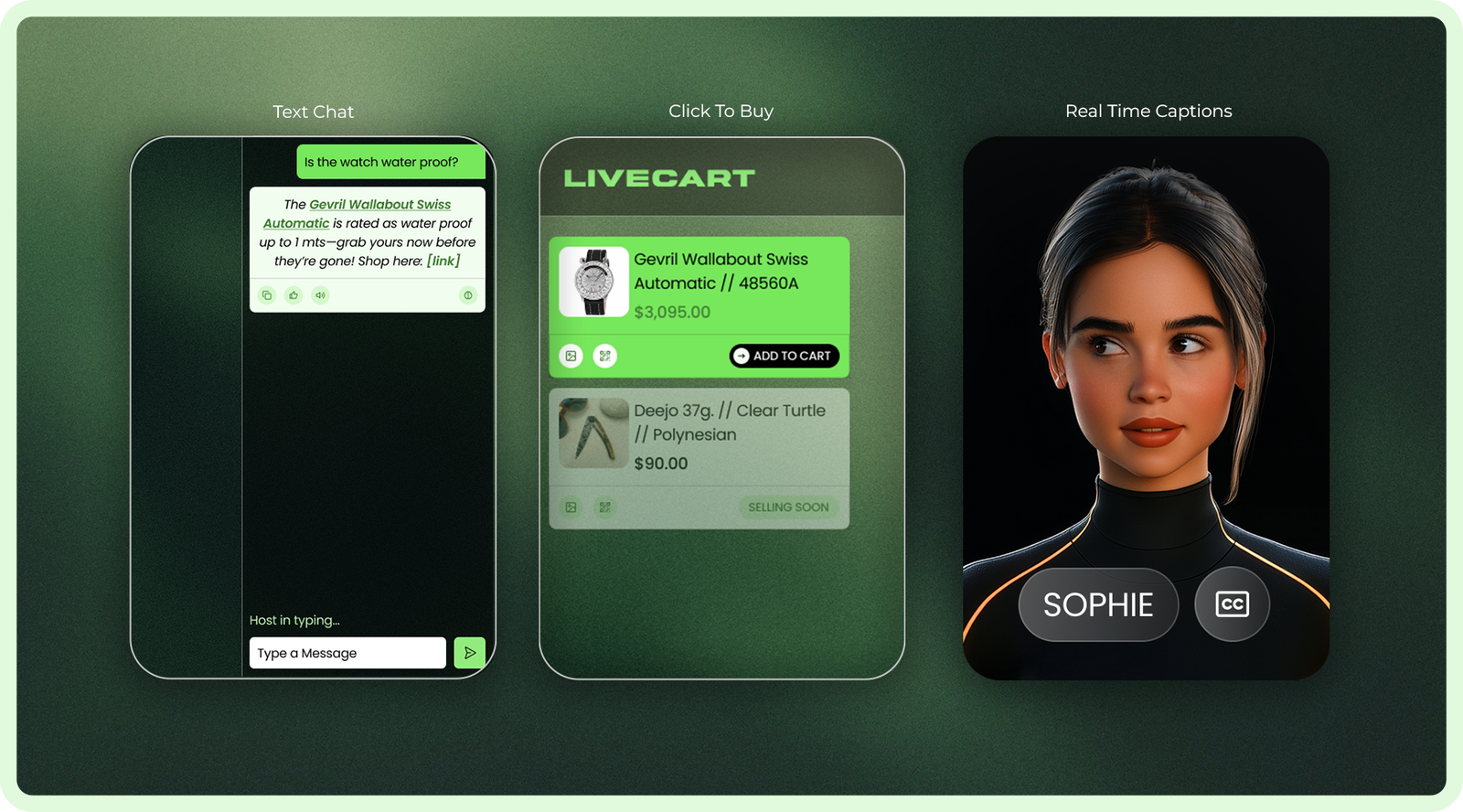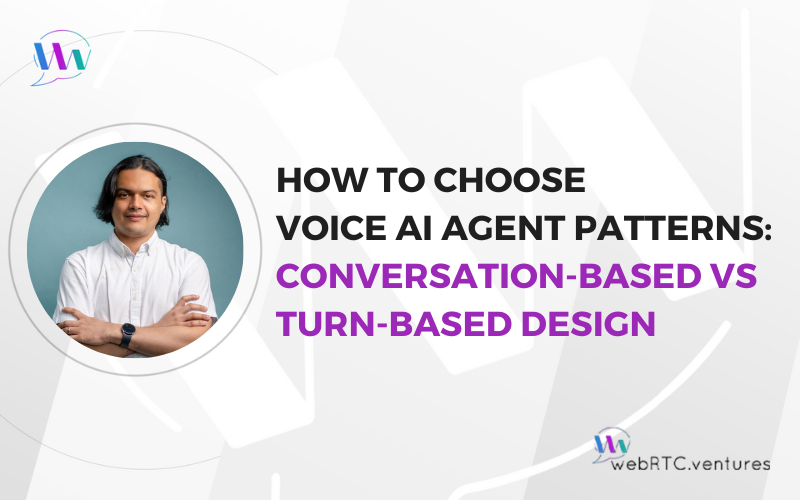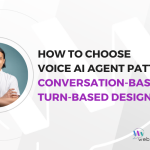As AI continues to evolve beyond backend algorithms into user-facing applications, we’re witnessing a fundamental shift in how interfaces need to be designed. Traditional static web interfaces that have served us well for decades are increasingly insufficient for the dynamic, adaptive nature of AI-powered applications.
Recently, I was tasked with redesigning a demo application that integrates WebRTC technology with AI Voice/Video Bots for live commerce called LiveCart. After nearly a decade of designing WebRTC interfaces, I found myself facing new challenges that required rethinking fundamental interface design principles—challenges that highlight broader shifts occurring across the digital landscape as AI becomes more central to user experiences.
In this post, I explore the emerging principles of AI interface design and how they differ from traditional approaches. In the follow-up, When Humans and AI Share the Interface: A Case Study in Multimodal, Adaptive UX, I use LiveCart as a practical case study of these principles in action.
The Evolution of User Interfaces: From Static to Dynamic
Traditional web interfaces have primarily focused on presenting information in a fixed, two-dimensional space. They’re designed around the concept of pages with standardized elements like navigation bars, forms, and buttons. Users interact by clicking, typing, and scrolling—a paradigm that has served us well but is increasingly feeling limited in the age of AI.
Current AI interfaces often default to the chat paradigm—think ChatGPT or similar conversational agents. While effective for many purposes, this approach still confines AI interaction to a single modality and doesn’t take full advantage of the rich multimedia capabilities of modern browsers and devices.
The future of AI interfaces lies in breaking free from these constraints. Instead of just displaying static content for users to interact with, tomorrow’s interfaces will emphasize dynamic workflows where AI and humans collaborate—interfaces that adapt to user needs, context, and preferences in real time.
Key Design Principles for AI Interfaces
Visual Feedback: The Silent Communicator
When designing AI interfaces, particularly those involving voice interaction, visual feedback becomes crucial. In the absence of physical cues that humans naturally provide during conversation (like nodding or facial expressions), digital interfaces need to offer reassurance that the system is listening, processing, and responding.
The challenge is creating visual feedback that informs without distracting from the primary content or interaction flow. For AI interfaces, these visual cues serve as digital body language, bridging the gap between human expectations and machine capabilities.
The Latency Puzzle
Nothing kills the illusion of natural interaction faster than lag. In our testing across multiple AI interfaces, we found that response delays longer than 1.5 seconds significantly impacted users’ perception of whether they were interacting with a responsive system.
This has led to several emerging patterns in AI interface design:
- Optimizing backend processes to minimize actual latency
- Pre-loading common responses where possible
- Using local processing for simple queries while routing complex questions to more powerful backends
- Providing immediate acknowledgment of user input before the full response is ready
These techniques create the perception of immediacy even when some processing time is unavoidable. The goal isn’t always actual zero latency (which is technically impossible) but perceived responsiveness that maintains the conversational flow.
Further Reading: The Latency Puzzle: Cracking the Code for Real-Time Applications
Adaptability: One Size Doesn’t Fit All
A key advantage of AI interfaces over traditional ones is their ability to adapt to the user. Rather than presenting the same interface to everyone, AI-powered systems can observe user behavior and adjust accordingly.
This adaptability can manifest in several ways:
- Adjusting the level of detail based on user expertise
- Prioritizing information based on past user interests
- Modifying interaction patterns to match user preferences
- Changing the pace of information delivery based on user engagement
This form of progressive disclosure—showing relevant information when it’s likely to be needed—reduces cognitive load and makes the interface feel almost intuitive.
Trust Through Transparency
For AI interfaces to gain widespread adoption, users need to trust the information they’re receiving. This is especially true in contexts where decisions have real consequences.
Effective AI interfaces incorporate:
- Clear indications of information sources
- Confidence levels for AI-generated responses
- Easy access to verification or alternatives
- Explanations of how AI recommendations were generated
Transparency doesn’t mean overwhelming users with technical details, but rather providing appropriate context that builds confidence in the system’s outputs.
Voice and Multimodal Interfaces: Beyond Command and Response
Voice interfaces represent one of the most exciting frontiers in AI interface design. They offer a natural, hands-free way to interact with technology, but they also present unique challenges.
Without the visual anchors we’re accustomed to in graphical interfaces, users can feel adrift. That’s why we’ve found that successful voice interfaces still need visual components. When a user asks a question verbally, seeing the transcribed question appear confirms accurate speech recognition. Similarly, while hearing a response is convenient, seeing key information displayed visually helps with retention and comparison.
The most successful approach combines modalities: voice for natural interaction, visuals for confirmation and reference, and text for precision when needed. This multimodal approach plays to the strengths of each interface type while mitigating their weaknesses.
Keyboard Shortcuts: The Power User’s Secret Weapon
Despite all the advances in interface design, keyboard shortcuts remain one of the most efficient ways for frequent users to interact with software. They bypass the need for visual search and pointer movement, potentially saving seconds per action—which adds up quickly for regular users.
For AI interfaces specifically, keyboard shortcuts can:
- Trigger common AI interactions without breaking flow
- Provide quick ways to modify AI behavior
- Allow easy refinement of AI-generated content
- Enable rapid navigation through AI suggestions
The key to successful keyboard shortcuts is consistency. Once a user learns a pattern, it should work predictably across the entire system.
The Quality vs. Speed Balancing Act
AI technologies like real-time video generation, voice synthesis, and content creation present an interesting trade-off between fidelity (quality) and immediacy (speed).
Our user research across multiple AI applications showed that different contexts demand different balances:
- For exploratory or initial interactions, users prefer speed, accepting lower quality
- For final decisions or important outputs, users want high-fidelity results, even if it takes longer
Successful AI interfaces implement adaptive quality based on the user’s current activity and make the trade-off transparent to users, giving them control when appropriate.
Human-in-the-Loop: AI as Collaborator, Not Replacement
Perhaps the most important principle in designing effective AI interfaces is treating AI as a collaborator rather than a replacement for human agency. The most compelling experiences happen when:
- Humans maintain appropriate control and decision authority
- AI assists by handling routine tasks, surfacing relevant information, and managing complexity
- Users can choose how much they want to delegate to AI versus handle themselves
This human-in-the-loop approach acknowledges that while AI can enhance many experiences, it works best as an amplifier of human capabilities rather than attempting to replace them entirely.
Ready to Redesign for the AI Era?
Whether you’re building AI-driven apps from scratch or evolving an existing product, our UI/UX experts can help you craft interfaces that are dynamic, adaptive, and human-centered. Let’s talk about how design can amplify your AI experience. Contact WebRTC.ventures today!


